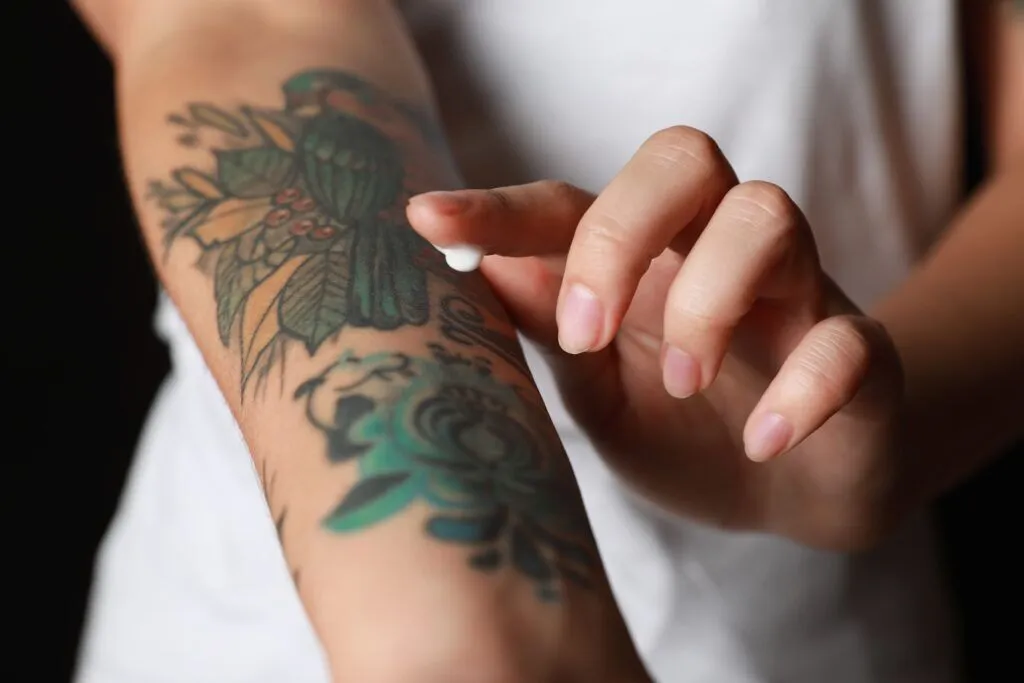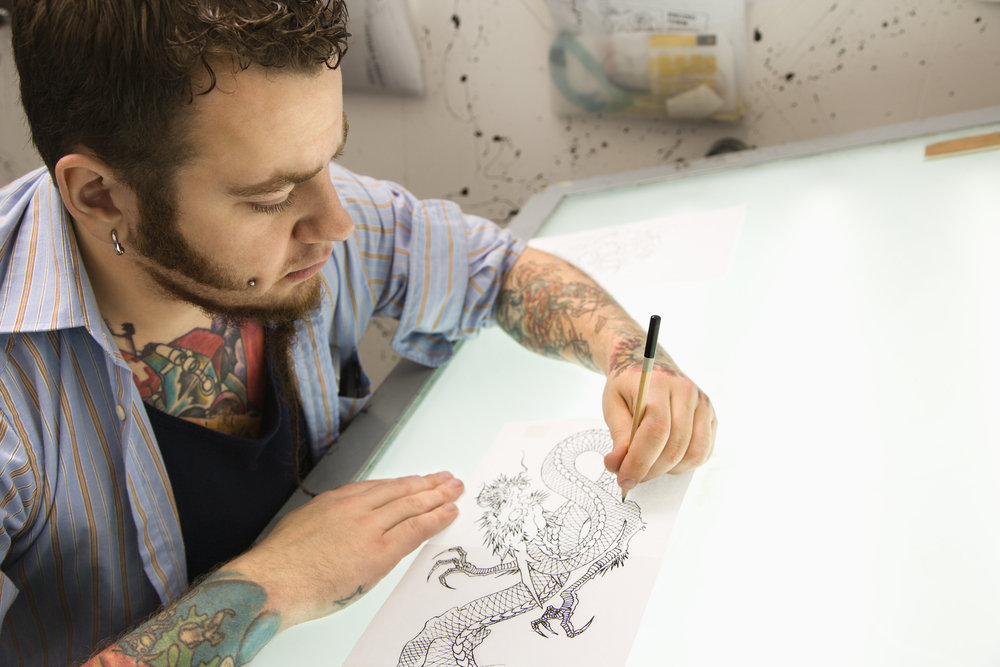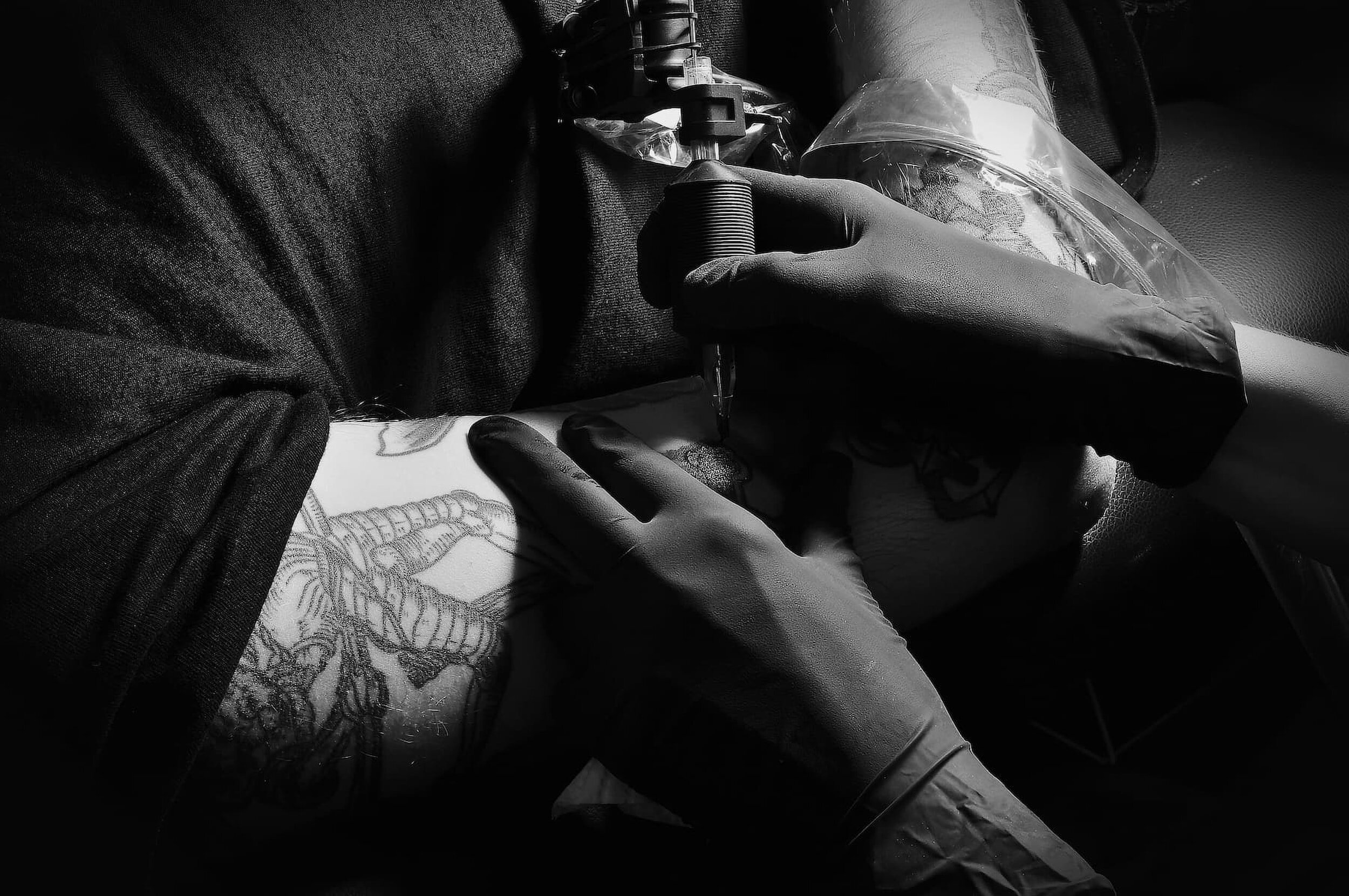Before you ask, yes, tattoos are painful! But did you know that they were once used to treat pain in toothaches and arthritis, almost similar to acupuncture? Now, they’re treated as expressions, thoughts, and stories. Still, you may be wondering about the space in between then and now. Tattooing, in fact, has a rich history that may be unexpected even to body art enthusiasts.
The Humble Beginnings of Tattoos
Modern tattoos are thought to have originated from New York, where the first tattoo professional Martin Hildebrandt set up his tattoo shop in the mid-19th century. It was primarily intended for Civil War soldiers’ identification purposes and was also the birthplace of the first electric rotary tattoo machine.
Now, New York is home to two major art history exhibitions. The first, Tattooed New York, illustrated 300 years of tattoo history, whereas The Original Gus Wagner: The Maritime Roots of Modern Tattoo (the South Seaport Museum) studies the maritime origins of tattooing. It showcases the life of Gus Wagner in particular, who boasted some 800 tattoos during his time.
What is the Etymology of the Word Tattoo?
The word “tattoo” hails from 16th-Century origins and has Polynesian roots. One of the earliest existing images of a tattooed person is of the King of the Maquas, who traveled to London along with the Mohican tribal king in the early 18th century. There is also a 1706 pictograph of a tattooed Seneca trader.
At this point in American history, indigenous peoples often got tattoos to represent and depict war victories and protective spirits. However, it was only during voyages to the South Pacific that Western sailors became aware of this Polynesian body modification. It was then that sailors started tattooing themselves with the names of their ships or to indicate their birthdates. In fact, the common anchor tattoo was once known to represent stability and being safeguarded from a death caused by drowning. Only then did tattoos become symbolic, thanks to superstitious sailors.
The Spread of Tattooing as a Concept
American tattooing worked its way from the East Coast to the West and eventually inbound. During the 19th Century Victorian Era, tattoos became a fashion statement, encouraging New York socialites to indulge in one themselves. Though most British royals who tipped the trend were men, women had also picked up on the idea. Instead of taking a trip to a tattoo parlor, they would make house calls and pay the price of a fine dress for a delicate piece of body art.
According to the New York World, the percentage of NYC socialites who donned tattoos was at an impressive three-quarters of the population. At the time, trendy designs spanned that of butterflies, flowers, and dragons.
Late 20th Century Trends
By the late 20th century, tattooed women were disposed to exploitative circuses and sideshows but also allowed them to become economically independent. Though some women were forced to be tattooed against their will to increase the turnout of such shows, women also expressed personal liberation and freedom. Women were able to take control of their bodies and were also business savvy.
The first woman to set up shop was Mildred Hull and between the 1930s to 1970s, mainstream tattoos such as Social Security numbers and band logos began to make an appearance. In the late 70s, tattoos were depicted as a sign of promiscuity, with divorced women becoming a popular customer at shops.
Conclusion
The history of tattooing is far from over. As they become a more common occurrence, especially in millennials, tattoos continue to develop alternate meanings and serve various purposes.
Itching to get a piece done at one of the best tattoo places in Buffalo, NY? At Lucky Deville Tattoo, we pride ourselves on being among the best tattoo shops in Buffalo, NY that is home to award-winning artists and designs.



